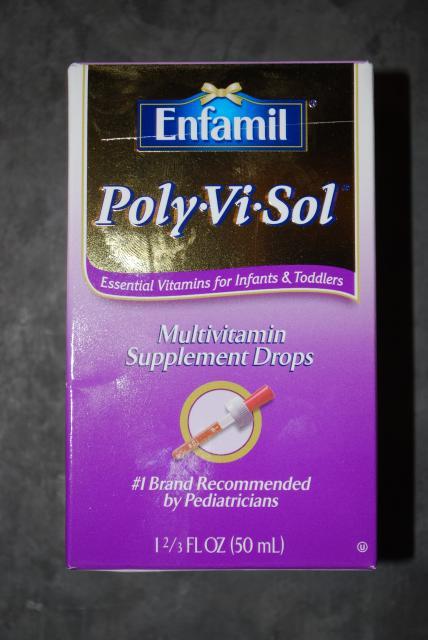- Thread starter
- #11
- Apr 13, 2010
- 8
- 0
- 7
V & E's ...
Can I get them at the local CO-OP? Just ask and they'll know? Who's the best to ask? Vet?
Please note, I edited my "supply" post to reflect an inventory. I've actually got some stuff... not specifically for birds. I know tragically little about them when I should have known more.
I do have a tube of Neosporin to replace the StapACaineWrong.
I can make a poultice, or an ointment with Tea Tree Oil, Thyme Oil and a bit of Mint Oil. Would Arnica Oil be of use with a chicken?
--mf
Can I get them at the local CO-OP? Just ask and they'll know? Who's the best to ask? Vet?
Please note, I edited my "supply" post to reflect an inventory. I've actually got some stuff... not specifically for birds. I know tragically little about them when I should have known more.
I do have a tube of Neosporin to replace the StapACaineWrong.
I can make a poultice, or an ointment with Tea Tree Oil, Thyme Oil and a bit of Mint Oil. Would Arnica Oil be of use with a chicken?
--mf


